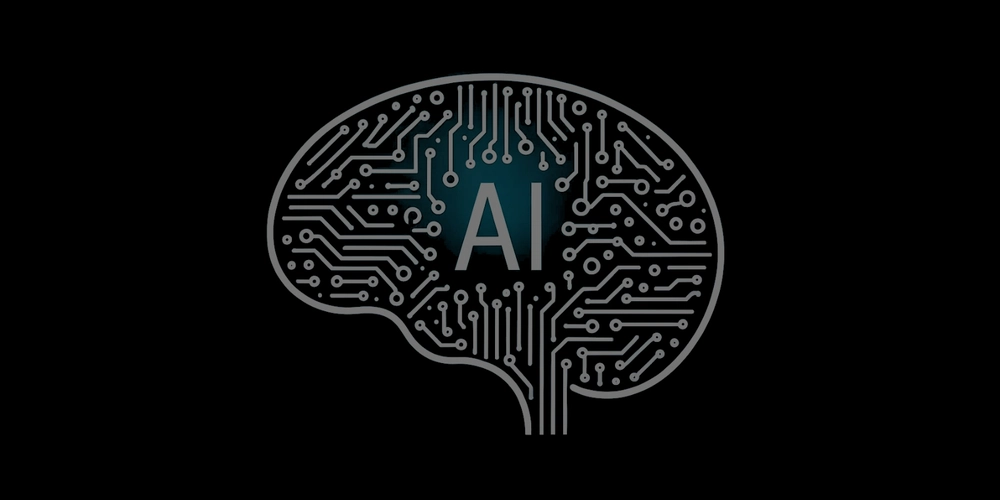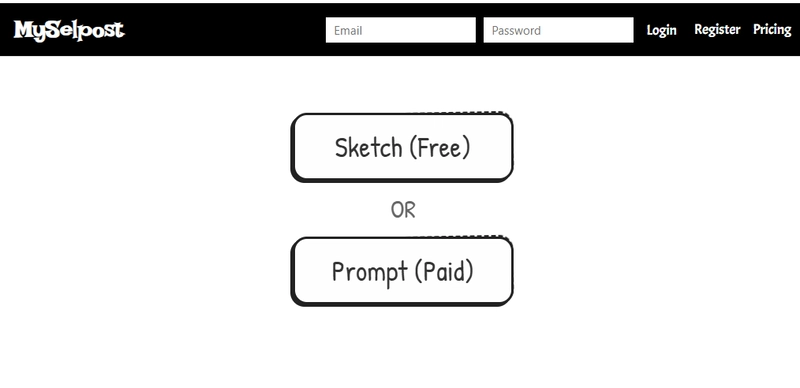Government RFPs: Can AI Give Them a Superpower?
Let's be honest, wading through government RFPs (Requests for Proposals) can feel like navigating a swamp – dense, murky, and prone to unexpected sinkholes. But what if I told you there's a potential superhero lurking nearby? That's right, we're talking about Artificial Intelligence. AI isn't just for sci-fi movies anymore; it's got some serious potential to revolutionize the RFP process, both for the government and the companies bidding on them. How AI Can Help Government RFPs Think about the common pain points: Time-consuming reviews: Sifting through dozens (or hundreds!) of proposals is a monumental task. AI can quickly scan documents, identifying key information like qualifications, pricing, and compliance. No more endless scrolling! Inconsistency in evaluation: Human bias can creep in when reviewing proposals. AI provides a standardized, objective assessment, ensuring fairness and consistency. Finding the right vendors: AI can analyze past RFP data to predict which vendors are most likely to meet the requirements, saving time and resources upfront. Improved clarity and structure: AI tools can help create clearer, more concise RFP documents, reducing ambiguity and misunderstandings. Better data analysis: After the proposals are in, AI can help analyze the data to identify trends, strengths, and weaknesses across submissions, providing valuable insights for future RFPs. Beyond the Buzzwords: Practical Applications This isn't just theoretical. Imagine: An AI-powered system that automatically flags proposals missing crucial information. A dashboard that visualizes key data points from all proposals, allowing for quick comparisons. Predictive analytics to anticipate potential risks or delays in projects based on vendor performance. The Bottom Line: A Smarter, Faster RFP Process Integrating AI into the government RFP process isn't about replacing human judgment; it's about augmenting it. By automating tedious tasks and providing data-driven insights, AI can help make the process faster, more efficient, and ultimately, more effective. This translates to better value for taxpayers and a more streamlined experience for everyone involved. So, let's embrace the potential of AI and supercharge those RFPs!

Let's be honest, wading through government RFPs (Requests for Proposals) can feel like navigating a swamp – dense, murky, and prone to unexpected sinkholes. But what if I told you there's a potential superhero lurking nearby? That's right, we're talking about Artificial Intelligence. AI isn't just for sci-fi movies anymore; it's got some serious potential to revolutionize the RFP process, both for the government and the companies bidding on them.
How AI Can Help Government RFPs
Think about the common pain points:
- Time-consuming reviews: Sifting through dozens (or hundreds!) of proposals is a monumental task. AI can quickly scan documents, identifying key information like qualifications, pricing, and compliance. No more endless scrolling!
- Inconsistency in evaluation: Human bias can creep in when reviewing proposals. AI provides a standardized, objective assessment, ensuring fairness and consistency.
- Finding the right vendors: AI can analyze past RFP data to predict which vendors are most likely to meet the requirements, saving time and resources upfront.
- Improved clarity and structure: AI tools can help create clearer, more concise RFP documents, reducing ambiguity and misunderstandings.
- Better data analysis: After the proposals are in, AI can help analyze the data to identify trends, strengths, and weaknesses across submissions, providing valuable insights for future RFPs.
Beyond the Buzzwords: Practical Applications
This isn't just theoretical. Imagine:
- An AI-powered system that automatically flags proposals missing crucial information.
- A dashboard that visualizes key data points from all proposals, allowing for quick comparisons.
- Predictive analytics to anticipate potential risks or delays in projects based on vendor performance.
The Bottom Line: A Smarter, Faster RFP Process
Integrating AI into the government RFP process isn't about replacing human judgment; it's about augmenting it. By automating tedious tasks and providing data-driven insights, AI can help make the process faster, more efficient, and ultimately, more effective. This translates to better value for taxpayers and a more streamlined experience for everyone involved. So, let's embrace the potential of AI and supercharge those RFPs!




























































































































































![[The AI Show Episode 143]: ChatGPT Revenue Surge, New AGI Timelines, Amazon’s AI Agent, Claude for Education, Model Context Protocol & LLMs Pass the Turing Test](https://www.marketingaiinstitute.com/hubfs/ep%20143%20cover.png)






























































































































![[FREE EBOOKS] AI and Business Rule Engines for Excel Power Users, Machine Learning Hero & Four More Best Selling Titles](https://www.javacodegeeks.com/wp-content/uploads/2012/12/jcg-logo.jpg)








































































































































































































































![Hostinger Horizons lets you effortlessly turn ideas into web apps without coding [10% off]](https://i0.wp.com/9to5mac.com/wp-content/uploads/sites/6/2025/04/IMG_1551.png?resize=1200%2C628&quality=82&strip=all&ssl=1)


![This new Google TV streaming dongle looks just like a Chromecast [Gallery]](https://i0.wp.com/9to5google.com/wp-content/uploads/sites/4/2025/04/thomson-cast-150-google-tv-1.jpg?resize=1200%2C628&quality=82&strip=all&ssl=1)













![Apple Drops New Immersive Adventure Episode for Vision Pro: 'Hill Climb' [Video]](https://www.iclarified.com/images/news/97133/97133/97133-640.jpg)

![Most iPhones Sold in the U.S. Will Be Made in India by 2026 [Report]](https://www.iclarified.com/images/news/97130/97130/97130-640.jpg)




































































































































